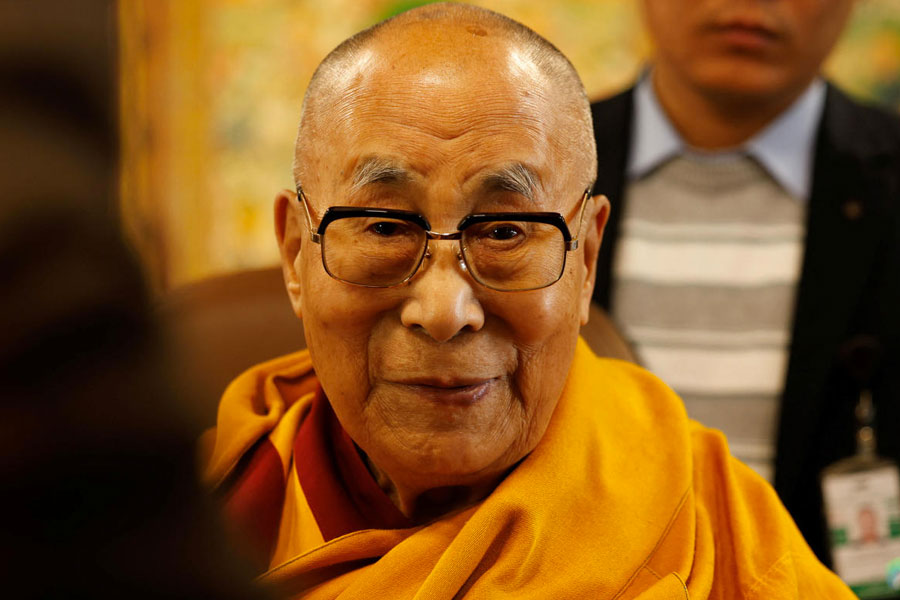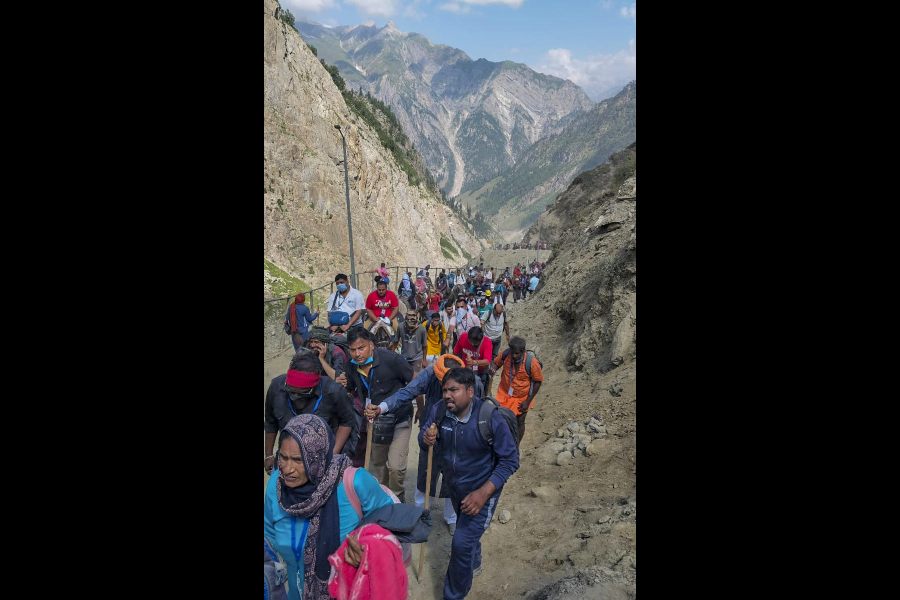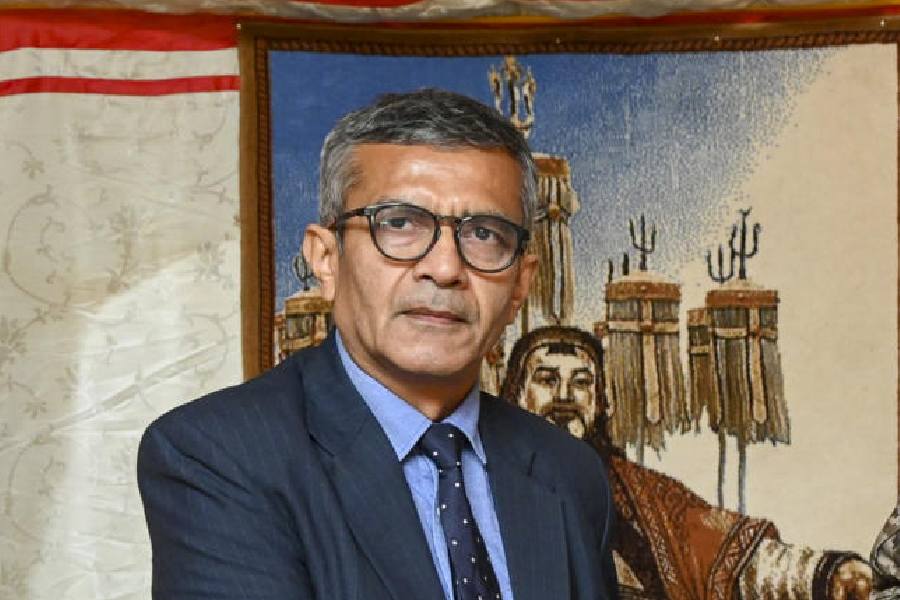 |
New Delhi, Aug. 20: The West Indies are India’s farthest diaspora, and the truth perhaps is that as a nation we are more connected to their cricket team than to the progeny from our shores.
The Indian government is now trying to make symbolic amends to pay tribute to the ancestors of V.S. Naipaul and thousands of other nameless families from Uttar Pradesh and Bihar that braved long sea voyages and slavery to give themselves and their children a shot at a better life.
It plans twin memorials — one in Calcutta, their port of embarkation, and another on Nelson Island, their port of disembarkation — to enshrine the historic, but mostly forgotten, odyssey of indentured labourers.
When slavery was formally abolished across the British empire in 1834, cheap labour was required to work the colonial sugarcane plantations in the West Indies. Indians, chiefly lower caste families from impoverished parts of Bihar and Uttar Pradesh, were then shipped over — much like blacks before them from Africa — from the Calcutta and Madras ports.
Nelson Island was the main entry point for over 147,000 labourers who arrived from eastern India to join what was virtually a slave force on the sugarcane plantations.
The ministry of overseas Indian affairs has written to the Bengal government for acquiring land to erect a memorial near Calcutta port, from where thousands of indentured labourers, including Naipaul’s forefathers, left for Trinidad and Tobago.
The ministry is also examining a slew of proposals, including those from Indian diaspora organisations, for a memorial on Nelson Island.
“We are waiting for a response from the state government,” K. Mohandas, secretary of the ministry, told The Telegraph. “The ministry is in-principle agreement for setting up a memorial,” he added.
Sources said there were still some issues in the way like the “high price of land” around the area where the memorial is sought to be built.
“We learn that one plot which was identified had some problems as it was entangled in legal disputes. But we hope that some other plot can be made available,” a source said.
Some diaspora groups have been sending proposals to the government for consideration and a final blueprint is expected to be firmed up soon. “We are going through various proposals and suggestions,” an official said.
Fatel Razack, the ship that carried the indentured labourers, was owned by a merchant in Mumbai and was originally named Fath Al Razack, Victory of Allah the Provider. When the British decided they were going to bring Indians to Trinidad in 1845, most of the traditional British ship owners did not wish to be involved as it came after the ban on slavery.
Indian Arrival Day, celebrated on May 30 in Trinidad and Tobago, commemorates the arrival of the first Indian indentured labourers from India to Trinidad in May 1845, on Fatel Razack. The ship left Calcutta in February 1845.
But then the human cargo the Fatel Razack took to the West Indies was not merely a labour force. As history is witness, over time Indian communities became part of the cultural melting pot of the Caribbean, retaining their Indianness at the core but also merging into the cultural mosaic of those far islands.
Although the event has been celebrated among the East Indian community in Trinidad and Tobago for many years, it was not until 1994 that it was made an official public holiday there. Soon, there will be a memorial to go to on that holiday, too.










